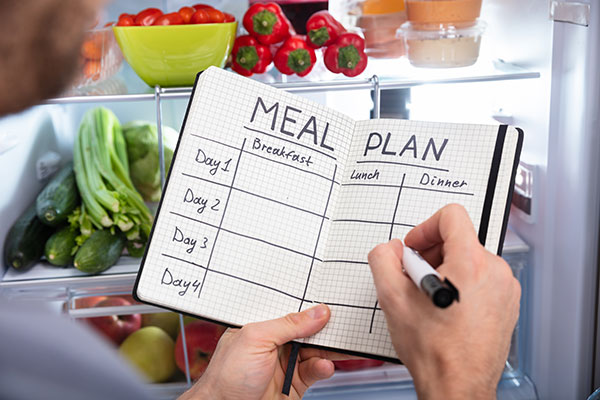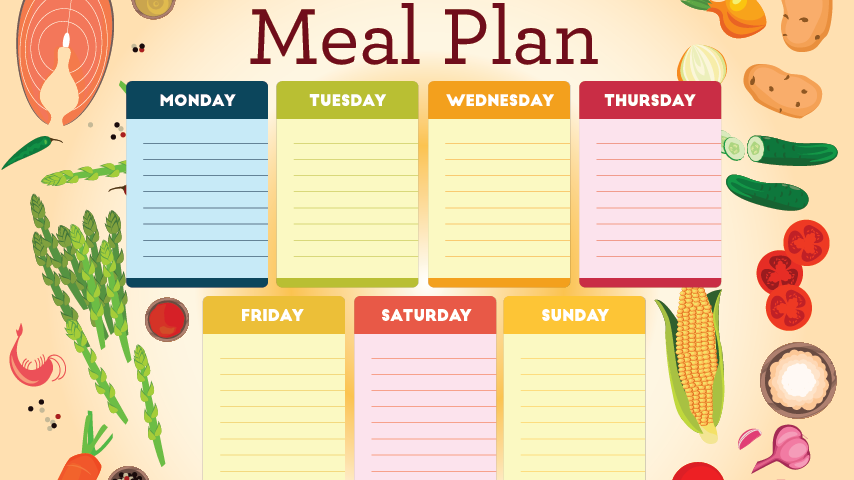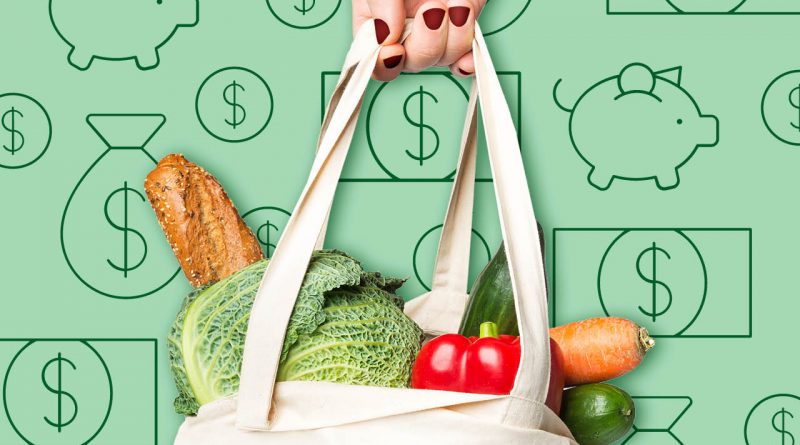Shopping for a healthy meal plan doesn’t have to break the bank
Eating healthy on a budget can be difficult, but it doesn’t have to be! You can find quality ingredients at the grocery store and create easy, delicious, and healthy meals that will last you all week long. This short shopping list will help guide you through the process of meal planning and shopping on a budget, so you can eat healthier without breaking the bank!
What is a meal plan?

A meal plan is a document that outlines what you will eat over the course of a week or month. It can be as simple as jotting down what you had for breakfast, lunch, and dinner each day, or it can be more complex with specific recipes and ingredient lists. A meal plan can help you save money by making sure you only buy what you need, and it can also help you eat healthier by ensuring you have all the ingredients you need on hand. One way to make your life easier when planning meals is to take into account which items in your kitchen tend to go bad quickly. Foods like fruit, eggs, meat, and yogurt are great examples because they expire quickly and must be eaten soon after buying them. For these items, it’s often best to buy smaller quantities so you don’t waste any food if you forget about them in the back of your fridge for too long. Another thing to keep in mind is how many mouths you’ll need to feed, as this can affect how much you should purchase at once. If there are just two people living in your house and one of those people never eats anything other than cereal for breakfast, then you may not want to buy 16 cups of cereal at once! Similarly, if you’re feeding three children who each need their own box of macaroni and cheese, then three boxes would be perfect. Of course, the quantity needed will vary from person to person depending on preferences and dietary needs, but using these guidelines as a starting point should help make your shopping experience much less stressful.
How to save money at the grocery store

There are simple ways to save money when grocery shopping without feeling like you’re depriving yourself. First, buy fresh ingredients over frozen ones, as frozen food is often more expensive and has a lower nutritional value. Second, look for bargains on meats and dairy products at stores that sell them in bulk (they’ll often cost less per pound). Finally, don’t be afraid to purchase store brands of certain foods; they’re often just as good as name-brand items. If you’re going to splurge on something, opt for organic or all-natural varieties if possible. Avoid lite or diet versions of snacks or other packaged goods as these are usually highly processed and contain preservatives that might not suit your dietary needs. When it comes to produce, buying locally sourced fruits and vegetables can help cut down your carbon footprint—and keep your wallet full! Seasonal produce tends to be cheaper than out-of-season fruits and veggies because there’s higher demand. Check out local farmer’s markets, community gardens, or farm stands to find your favorites for less.
How does meal planning save time and stress?

Meal planning can save you time and money by helping you avoid last-minute trips to the grocery store or takeout. Plus, it helps you make healthier choices by allowing you to control what goes into your meals. And it can save you stress by taking away the guesswork of what to make for dinner. You’ll know exactly what ingredients to buy at the store and won’t be guessing if you have enough food on hand for tomorrow night’s dinner. To start off, figure out how many days worth of food you want to eat ahead of time. For example, some people may only want to plan ahead one day at a time while others may want three days worth of plans in advance. In order to find this number, think about the things that you usually eat each week. Do you usually eat oatmeal with yogurt every morning? Maybe chicken with rice every Tuesday? Or pasta with red sauce every Friday? Write down these foods and note when they are eaten throughout the week. Then multiply this list by 7 (the number of days in a week) and that will give you an idea of how many days worth of food that you need to prepare.
General Tips about using this planner

1. Planning ahead can help you save both time and money.
2. Make a list of all the meals you want to make for the week, and then create a shopping list based on those ingredients.
3. Don’t be afraid to get creative with your leftovers – they can be your best friend when it comes to saving money on groceries.
4. Try to buy in bulk whenever possible – it can help you save a lot of money in the long run.
5. Meal planning doesn’t have to be boring – try to mix things up and experiment with new recipes.
6. Be realistic about what you can cook in a given week – if you know you won’t have time for complicated meals, plan accordingly.
7. When cooking meat, it’s always better to cook too much than not enough – this is especially true for cheaper cuts of meat that need more time to cook through.
8. If you don’t eat eggs or dairy products, feel free to substitute them with something else (like beans or nuts) instead.
9. It’s okay if one day’s worth of food seems less exciting than another day’s worth – sometimes we just crave different things at different times!
What can be found in our food planner?

When it comes to food, we all have different needs and preferences. That’s why our food planner is designed to be totally customizable. You can search for recipes by ingredient, diet, or even cuisine. Plus, we’ve got a handy shopping list feature that will make grocery shopping a breeze. Whether you’re looking for breakfast, lunch, dinner, or snacks, we’ve got you covered. For example, if you type lunch into the search bar, these are some of the recipe results: tuna salad sandwich with pickles and onions; chopped salad with feta cheese; hummus sandwich wrap; cucumber tomato soup with pesto swirls.




